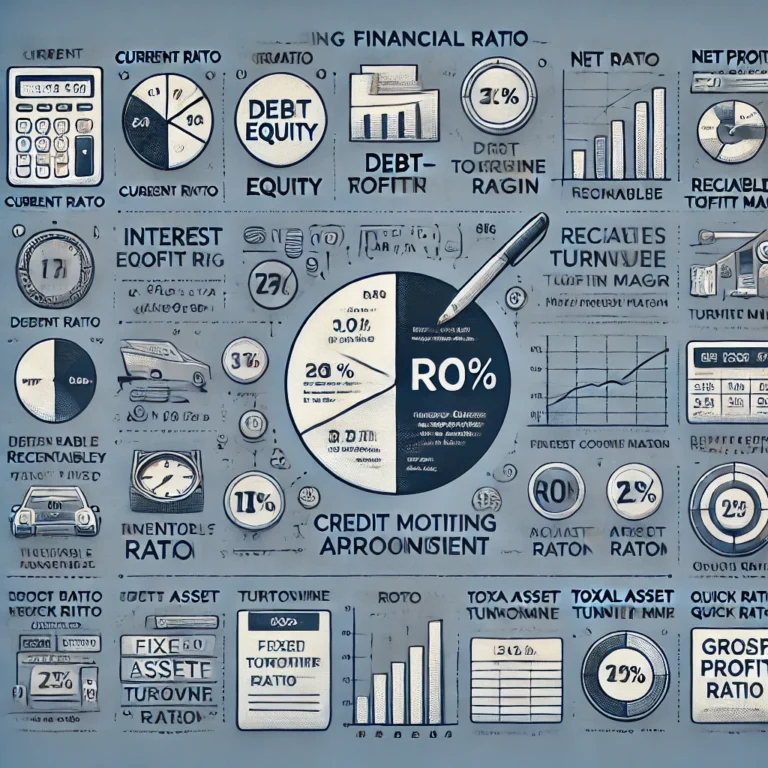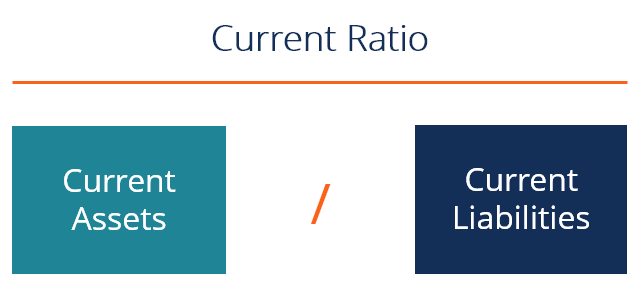Section 54D of the Income Tax Act offers significant tax relief for individuals and businesses facing capital gains due to the compulsory acquisition of lands and buildings. This provision ensures that businesses can reinvest in new assets without an immediate tax burden, fostering continuity and growth in their industrial undertakings.
Understanding Section 54D: Key Provisions and Applicability
Eligibility Criteria
Section 54D is specifically applicable to capital gains arising from the compulsory acquisition of a capital asset, which includes land or buildings, forming part of an industrial undertaking. The key conditions for eligibility are:
Capital Asset:
The asset must be land, a building, or any right in land or building.
Usage:
The asset should have been used for business purposes in the two years immediately preceding the date of acquisition.
Reinvestment Period:
The assessee must reinvest in a new land or building within three years from the date of compulsory acquisition.
Calculation of Exemption
The relief provided under Section 54D can be categorized based on the utilization of the capital gain:
Capital Gain Exceeds Cost of New Asset:
- If the capital gain is greater than the cost of the new asset, the difference between the capital gain and the cost of the new asset is taxable under Section 45.
- For computing any capital gain from the transfer of the new asset within three years, the cost of the new asset will be considered nil.
Capital Gain Equals or Less Than Cost of New Asset:
- If the capital gain is equal to or less than the cost of the new asset, the entire capital gain is exempt from tax.
- For computing any capital gain from the transfer of the new asset within three years, the cost of the new asset will be reduced by the amount of the capital gain.
Managing Unutilized Capital Gain: Subsection (2) Provisions
Section 54D(2) addresses scenarios where the capital gain is not fully utilized by the due date for filing the income tax return:
Deposit Requirement:
- The unutilized amount must be deposited in a specified account under the Capital Gains Account Scheme, 1988, before the due date for filing the return under Section 139.
- The deposited amount is considered part of the cost of the new asset for tax purposes.
Non-Utilization Consequences:
- If the deposited amount is not utilized within the specified three-year period, it is taxed as income in the year when the three-year period expires.
- The assessee can withdraw the unutilized amount according to the scheme rules.

Legislative Amendments and Clarifications
Several legislative amendments have shaped the current provisions of Section 54D:
Finance Act, 1973:
Introduced Section 54D, effective from April 1, 1974.
Finance Act, 1978:
Amended and renumbered the section, inserting Subsection (2).
Finance Act, 1987:
Further amendments clarified the deposit scheme for unutilized gains.
Finance (No. 2) Act, 1991:
Amended explanations related to the proviso of Subsection (2).
Finance Act, 1992:
Omitted certain explanations in Subsection (2).
Judicial Interpretations and Case Laws
Understanding judicial interpretations can provide deeper insights into the application of Section 54D:
L. Ambika Amma v. CIT:
Emphasized the necessity for the capital asset to be part of an industrial undertaking.
P. Alikamju, MA Nazeer Cashew Industries v. CIT:
Defined “industrial undertaking” broadly to include various business activities.
CIT v. Universal Poultry Farm:
Clarified that poultry farms do not qualify as industrial undertakings under this section.
Practical Implications for Assessees
Assessees must ensure compliance with the detailed provisions of Section 54D to benefit from the tax relief:
Timely Reinvestment:
Ensure the reinvestment in new assets or deposit in the Capital Gains Account Scheme within the stipulated timelines.
Proper Documentation:
Maintain thorough records of transactions, investments, and deposits to support claims for tax exemption.
Awareness of Judicial Precedents:
Stay informed about relevant case laws to understand potential interpretations and applications of the law.
Additional Considerations
Types of Industrial Undertakings:
While Section 54D broadly covers industrial undertakings, the specific type of business can influence eligibility. For example, manufacturing units, processing plants, and certain service industries may qualify, whereas activities like poultry farming, as clarified in judicial interpretations, may not.
Enhanced Compensation:
If additional compensation is awarded after the initial compulsory acquisition, the assessee has three years from the date of receipt of this additional compensation to invest in a new asset. This helps in cases where the initial compensation was inadequate for reinvestment.
Capital Gains Account Scheme:
Utilizing the Capital Gains Account Scheme is crucial for managing unutilized gains. Assessees should be familiar with the operational aspects of this scheme to maximize their tax benefits.
Frequently Asked Questions (FAQs)
1. What is Section 54D of the Income Tax Act?
Section 54D provides tax relief for capital gains arising from the compulsory acquisition of land or buildings used for business purposes, allowing reinvestment in new assets without immediate tax liability.
2. Who is eligible for exemption under Section 54D?
Assessees whose capital assets (land or buildings) used for business purposes are compulsorily acquired, and who reinvest in new assets within three years from the acquisition date, are eligible.
3. What is the reinvestment period for the capital gain under Section 54D?
The reinvestment period is three years from the date of compulsory acquisition.
4. What happens if the new asset is sold within three years?
If the new asset is sold within three years, the cost of the new asset for computing capital gains will be adjusted, potentially resulting in higher taxable capital gains.
5. What if the capital gain is not fully utilized by the due date for filing the return?
Unutilized capital gain must be deposited in a specified account under the Capital Gains Account Scheme, 1988, before the due date for filing the return. This amount is then treated as the cost of the new asset.
6. Are there any consequences for not utilizing the deposited amount within the specified period?
Yes, if the deposited amount is not utilized within the specified three-year period, it is taxed as income in the year the period expires, and the assessee can withdraw the unutilized amount as per scheme rules.
7. What defines an “industrial undertaking” under Section 54D?
“Industrial undertaking” has been broadly interpreted to include various business activities involving systematic and organized courses of activity with a business purpose.
8. How does enhanced compensation affect the capital gain?
If additional compensation is received after the initial compulsory acquisition, the assessee has three years from the date of receipt of this additional compensation to reinvest in a new asset.
9. Can agricultural land be considered under Section 54D?
No, Section 54D specifically applies to land or buildings forming part of an industrial undertaking. Agricultural land typically does not qualify unless it is used for industrial purposes.
10. What are the key benefits of using the Capital Gains Account Scheme?
The Capital Gains Account Scheme allows assessees to defer tax on unutilized capital gains, providing more time to reinvest in eligible assets and ensuring compliance with the provisions of Section 54D.
Conclusion
Section 54D of the Income Tax Act provides crucial tax relief for businesses and individuals facing capital gains from the compulsory acquisition of land or buildings. By understanding the eligibility criteria, managing unutilized gains appropriately, and staying informed about legislative changes and judicial interpretations, assessees can effectively navigate the tax implications and make informed decisions for their industrial undertakings.
For more detailed insights and updates on various sections of the Income Tax Act, visit Smart Tax Saver, your go-to resource for comprehensive tax-related information and guidance.




